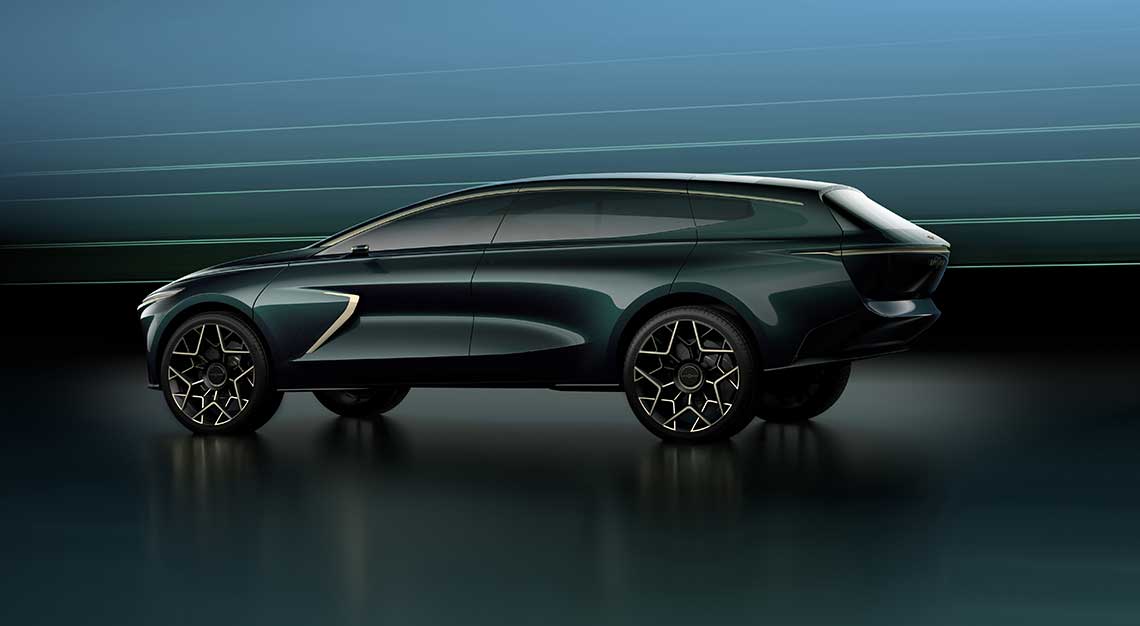Artificial intelligence and fast, cheap algorithmic design are about to transform the automobile – and it will only get weirder from there
For as long as anyone could remember, a car was a car was a car. And then, one day, it wasn’t. Which is to say the notion of an automobile going back a hundred years – a multi-box design on four tires, with a wheel and pedals, aimed by people and powered by orderly little explosions – has been upended by a maelstrom of globalisation, technological revolution, environmental reckoning and a wholesale assault on the ownership model.
Such extreme disruption has unleashed a rapid evolution of the automotive species, with strange creatures now roaming the roads: Rolls-Royce SUVs and silent, battery-powered Croatian hyper-cars; Cybertrucks and fin-shaped hatchbacks with gullwings and brains big enough to take the wheel for a spell.
It’s like looking around one day and realising some dogs are now the size of horses and chirp, while others have opposable thumbs, sonar and definite opinions on Brexit. Take the luxury car. Not long ago the term meant something fairly specific: a large, imperious saloon with a respectably immoderate gas-burning engine and a leathered and carpeted backseat with ample space for raising a family.
Now it’s as formless and atomised as the rest of the sprawling luxury universe, which includes collectible sneakers and stiff, terrifying plastic Japanese teddy bears and feeling very ashamed of your jet. Tesla’s austere, vegan-friendly robots are the must-have choice for the Silicon Valley set even as six-figure SUVs proliferate like two-tonne bunnies in the exurbs.
Meanwhile, a younger generation of buyers appreciates zero-emissions vehicles but would really rather the automobile had the good sense to go away entirely, like voice mail.Yet there are signs the automotive industry is finally coalescing around an idea of what a car will be in the future – and down that road lies an interesting potential detour: The luxury car, instead of simply representing a pricier version of whatever the car du jour is, branches off into something else entirely.
For the first time ever, a difference not just of degree but of kind, transformed by three interconnected forces: artificial intelligence, the rise of niche manufacturing and increasing rarity.
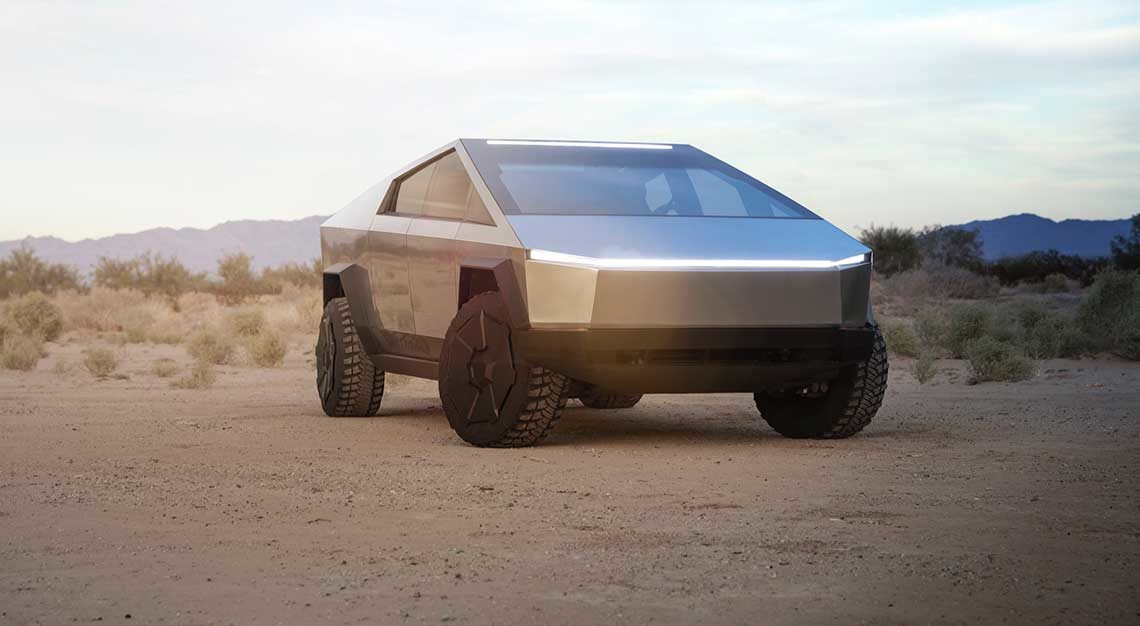
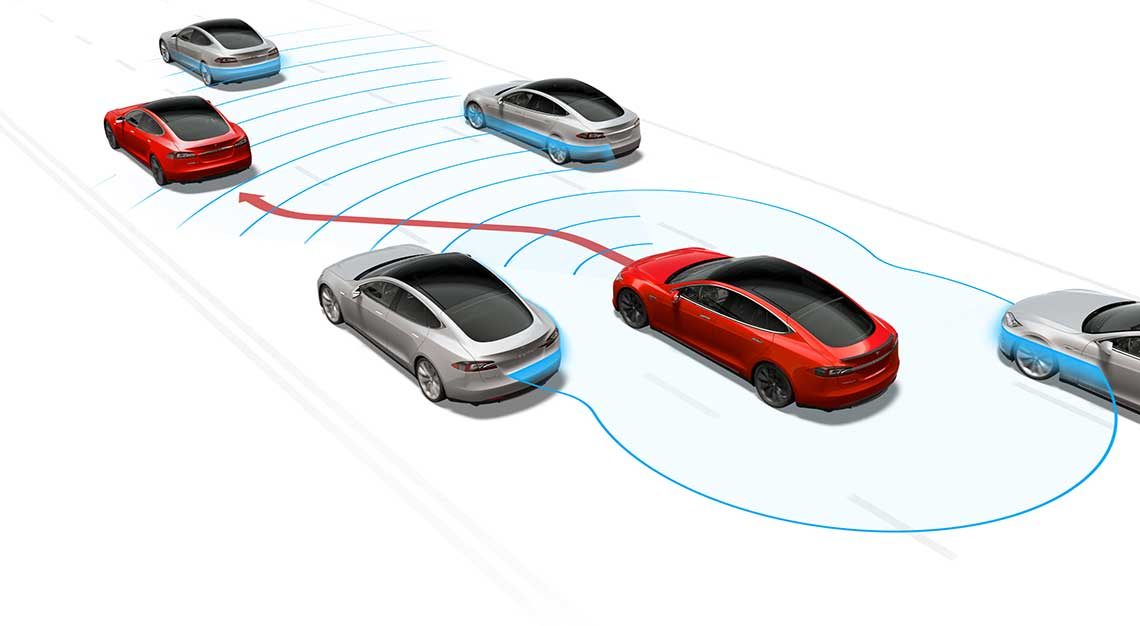
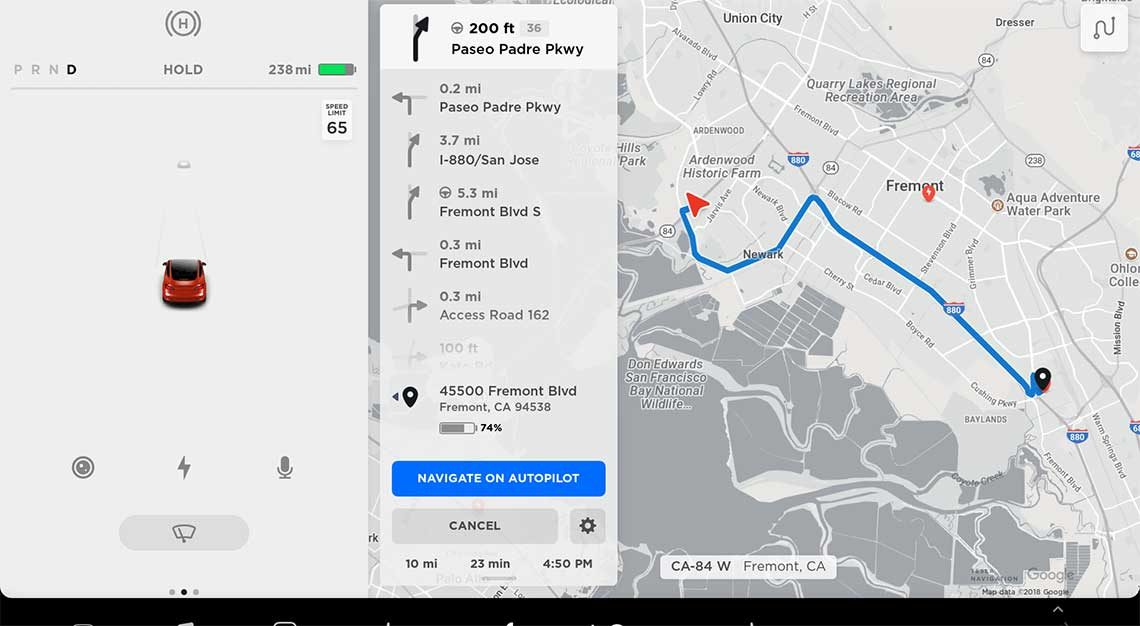
Artificial intelligence
Two major technological revolutions are shaping the car of the future: electrification and autonomy. Electric vehicles (EVs) will eventually win out not simply because of an increased focus on sustainability, or because Tesla made them sexy, but because they provide undeniable benefits for an industry that’s become overwhelmingly consolidated, inextricably globalised and massively regulated – and because EVs ultimately pair better with self-driving technology.
Wide-scale EV adoption not only alleviates regulatory headaches over what’s being spewed from the tailpipe – EVs have no spew, and no tailpipes – but the cars are also simpler to manufacture and suited to the type of modular architecture now favoured by the world’s largest automakers, in which a few platforms underpin a wide variety of vehicles. (The Volkswagen Group, which owns 12 brands across seven countries, produces more than 30 different models on its MQB platform alone, from sports cars to minivans.)
Plus, the world’s largest car market, China, is pushing a blistering rate of battery-powered EV adoption – more than a million electric and hybrid-electric cars sold in 2018 – with Europe, the third-largest market, attempting to keep pace. Regardless of whether the US intends to continue its retrograde love affair with fossil fuels, an increasingly climate-minded global market will ensure the automobile’s plugged-in future.
As for self-driving technology, it’s anyone’s guess when it becomes a widespread consumer reality
As for self-driving technology, it’s anyone’s guess when it becomes a widespread consumer reality; it’s not just a question of technological capability but a complex matrix involving legislation, infrastructure and liability.
Meanwhile, everyone from Samsung to Softbank to Uber is spending astonishing amounts of money to ensure a front-row seat whenever the show starts.“Without a doubt, on our road map is to have privately owned vehicles enabled with our technology,” says Adam Frost, chief automotive programs and partnerships officer at Waymo, formerly the Google Self-Driving Car Project, now its own entity within Google’s parent company, Alphabet.
“And our partners are obviously very interested in that. We’re in discussions with them around, ‘What is that product?’” But the day when you can Netflix and chill in your Level 4 autonomous ride is years, if not decades, away. For now, companies like Waymo, Cruise and Argo AI have partnered with (or been bought by) automakers to develop fleets of L4-equipped taxis that operate within the confines of certain test cities: Waymo runs autonomous Chrysler Pacifica minivans in parts of Phoenix, while Argo has AI-equipped Fords operating in Palo Alto, Detroit and Pitts-burgh.
These vehicles rely on information from onboard hardware such as cameras, sensors, radar and a laser-based system called LIDAR, plus incredibly detailed 3-D maps.“We make a Waymo-specific map,” Frost says. “It’s a very deep understanding of the physical environment. It uses a high-definition mapping system that understands where hills are. It can see stop signs, it knows where the traffic lights are, where the lane markings are. It even has the curb edge captured.”
According to Alex Roy, a journalist for The Drive who writes frequently about automation and is an investor in the AV space, the industry’s “geofenced” operating areas and automotive-technological partnerships hint at how the technology could roll out for personally owned autonomous vehicles. “The artificial intelligence stack has to be taught anew in each city,” Roy says.
“You start with one city, then you add more cities, and then, eventually, those cities can be connected. It’s service coverage, like a cellphone map.” At some point, Roy says, AV companies will have to compete for personal-vehicle customers in overlapping markets.
That could mean choosing a Ford over an Audi based partly on the brand, specifications and range of its autonomous technology, like choosing a mobile phone based not just on features like screen size and operating system but service area and call quality.
A vehicle’s tech capabilities (autonomous and otherwise) will increasingly become distinct vehicle features, like the engine or stereo system, upgradable for those who want the latest and best – and not just the tech itself, but how it’s deployed. Consider that, by design, autonomous vehicles are unlikely to ever truly flaunt the speed limit like a human would, no matter how much open road lies ahead.
When roads are shared by both human-driven and autonomous machines, getting anywhere faster than the posted limit in an AV might require the opening of a wallet instead of a throttle
That means, during the period when roads are shared by both human-driven and autonomous machines, getting anywhere faster than the posted limit in an AV might require the opening of a wallet instead of a throttle. “Luxury cars that have been upgraded in the system as ‘priority vehicles’ could be allowed to travel much faster and overtake non-priority cars,” Roy says. “For a price.” And that’s to say nothing of in-cockpit technology.
The crazed rush to develop self-driving capability kicked open the auto industry’s door to Big Data. Now comfortably inside, Amazon, Apple and Google have no intention of ceding a massive captive audience – more than 80 million new vehicles were sold worldwide in 2018 alone – that will soon have to figure out what to pay attention to inside a car once driving has been scratched off the list.
Ordering the luxury vehicle of the future might entail ticking boxes for gaming and entertainment packages that include the latest Fortnite release and an Amazon Prime video subscription, or a health package with integrated real-time biometric monitoring.
If that sounds far away, that’s because it is. But Big Data is changing the possibilities around the luxury car in more tangible ways, and some of the most incredible are happening right now.

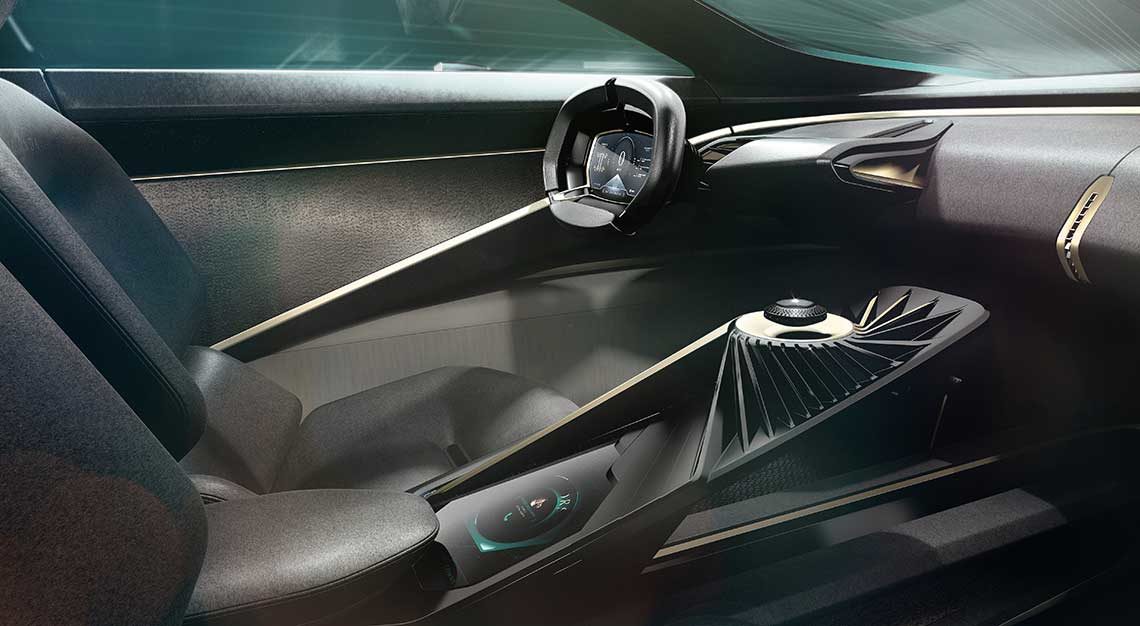
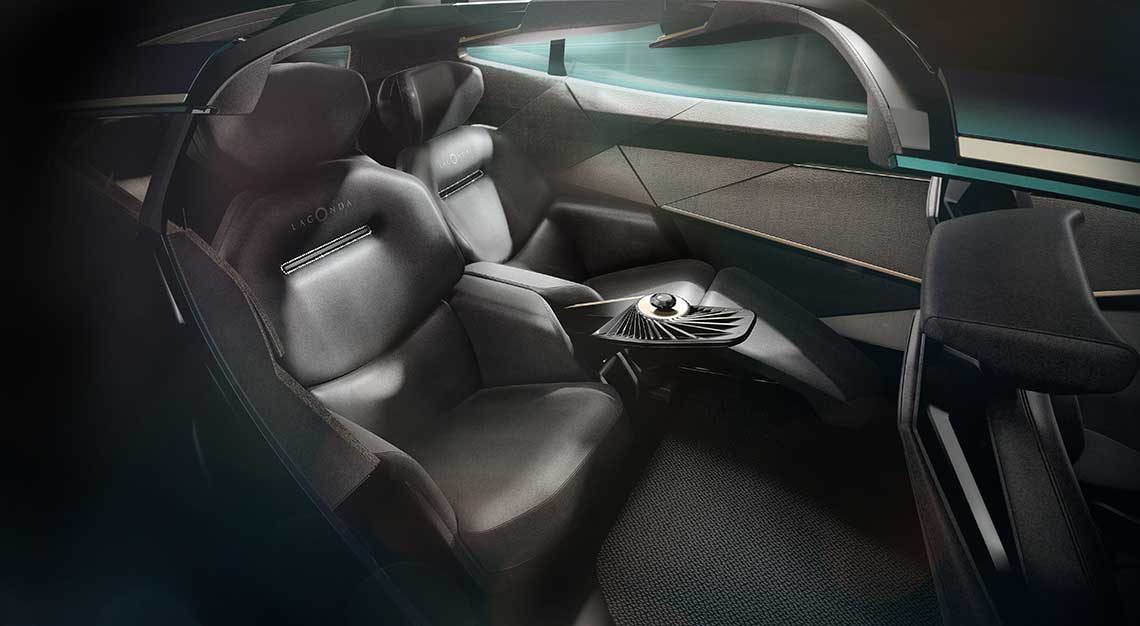
Niche manufacturing
“To create a vehicle at the moment, whether it’s a run of one or a hundred or a hundred thousand, the investment needed in tooling and man-hours is astronomical,” says Felix Holst, chief product officer and founding partner of Hackrod, a startup that explores radical new manufacturing applications in the automotive space. “As 3-D printing and robotic metal forming and all sorts of other advanced, automated manufacturing techniques come online, it has the power to put the consumer in touch with manufacturing – in effect, mass manufacturing in the quantity of one.
”This is the bleeding edge of automotive production. Even Tesla’s heavily automated Fremont factory, a vast California facility where whirring robots press and laser and lift car bodies 4.6 metres onto a rail system with the ease of placing a can of soup on a shelf, relies on an essentially traditional manufacturing process: Designers sketch cars, engineers model and refine the design, and people and machines assemble the parts.
But Holst and Hackrod cofounder Mouse McCoy saw that a convergence of advanced technologies – artificial intelligence, virtual reality, algorithmic design, 3-D printing – could flatten the process in the same way that music software like GarageBand turned the labour-intensive process of making an album into something replicable by a bored teenager in his bedroom.
Holst, a former vice president for design at Hot Wheels, says the goal was to imagine “whether three kids in their garage could start a car company.” The result was Hackrod’s La Bandita roadster, built on a chassis conceived not by engineers but by a machine-learning algorithm and brought to life by advanced manufacturing processes.
“It’s generative design,” says Holst. “Which is basically, set your needs and parameters for what you’re trying to achieve and allow cloud processing to give you an optimised structure that solves for those needs.” This type of algorithmic software can already tackle complex engineering problems, such as an engine swap.
When staggeringly powerful quantum computers become widely available (as of this writing, there are reportedly only 11 examples online around the world), such calculations could be computed across infinite parallel universes just for fun. The implications for vehicle customisation are astounding, especially in a future of simplified electric vehicles.
The implications for vehicle customisation are astounding, especially in a future of simplified electric vehicles
A customer could buy a modular EV “skateboard” – a flat row of batteries on motorised running gear – then commission a boutique manufacturer to algorithmically generate a body design to exact performance and safety specifications, crash-tested in virtual reality and printed over the course of days or even hours, and entirely unconstrained by needs like a driver’s seat or a windshield you can see out of.
“We build the entire automotive experience around a steering wheel and pedals, so all cars have a similarity to them,” says Frost. “When you think 30 years down the track, and the Waymo [autonomous] driver being an enabler, it becomes a blank sheet.” And creativity need not stop at the vehicle manufacturing.
The interior and exterior could be painstakingly hand-finished using a combination of high-tech and old-school techniques, like contemporary resto-modifiers do today with classic cars.
That could mean everything from 3-D-printed seats, designed using personalised body mapping and upholstered by hand, to a carbon fibre rear wing recreated to the exact, laser-scanned dimensions of the ’95 Le Mans-winning McLaren F1 GTR.
“We really are on the cusp of some very dramatic shifts,” says Holst. “There is a view of the future that is very like the golden age of coachbuilding.” To make such bespoke vehicles self-driving, imagine AI software and sensor hardware bundled together as an off-the-shelf automotive component the same way you can buy a Ford crate engine or parking sensors from Amazon.
Waymo already sells its LIDAR scanning tech to nonautomotive customers, while San Diego-based Comma.AI offers a US$599 (S$809) device called the Eon DevKit, which uses a camera and the brand’s open-source software to enhance the driver-assistance systems of numerous vehicles across brands, like an aftermarket Tesla Autopilot.
Such bespoke and well-equipped machines will not come cheap; they will be the wild exceptions among a herd of increasingly homogenised commuter shuttles – until, of course, they’re not. Citing huge demand for mass-market but customisable 3-D-printed gear from Nike and Adidas, Holst suggests such cars “will very quickly be for the everyman.”
And when such dream machines become available to the masses, where will the luxury car go from there?
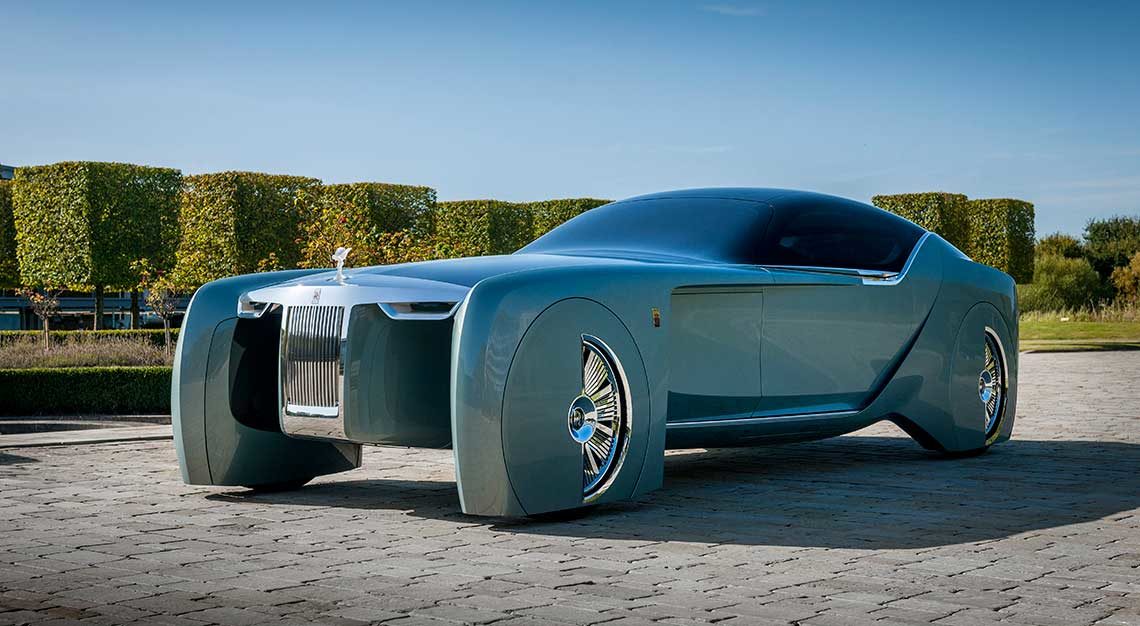
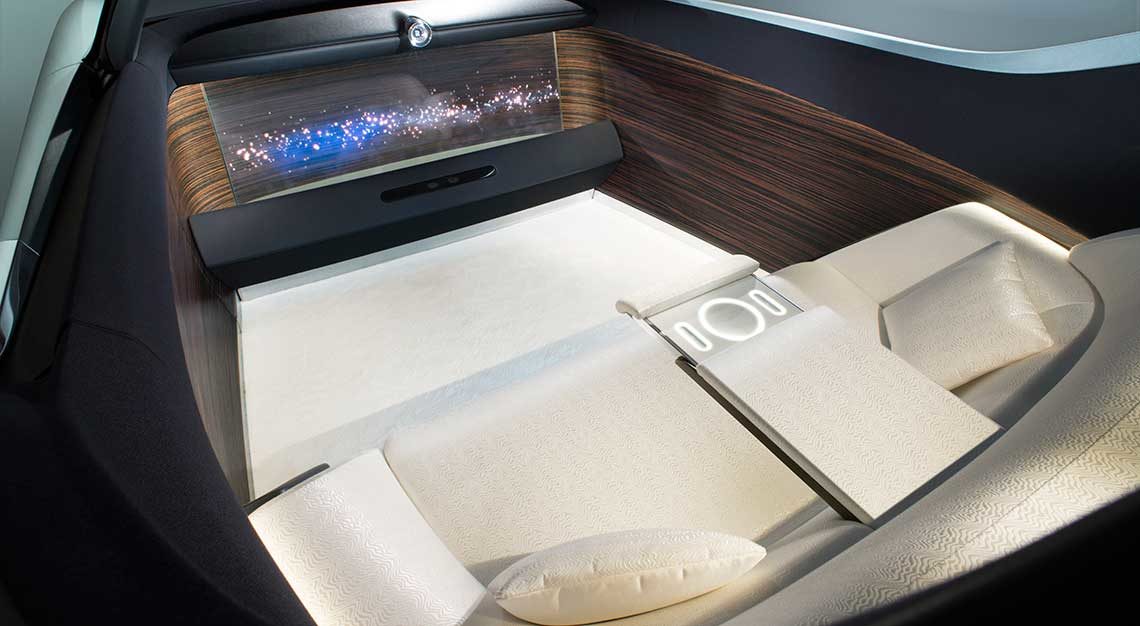
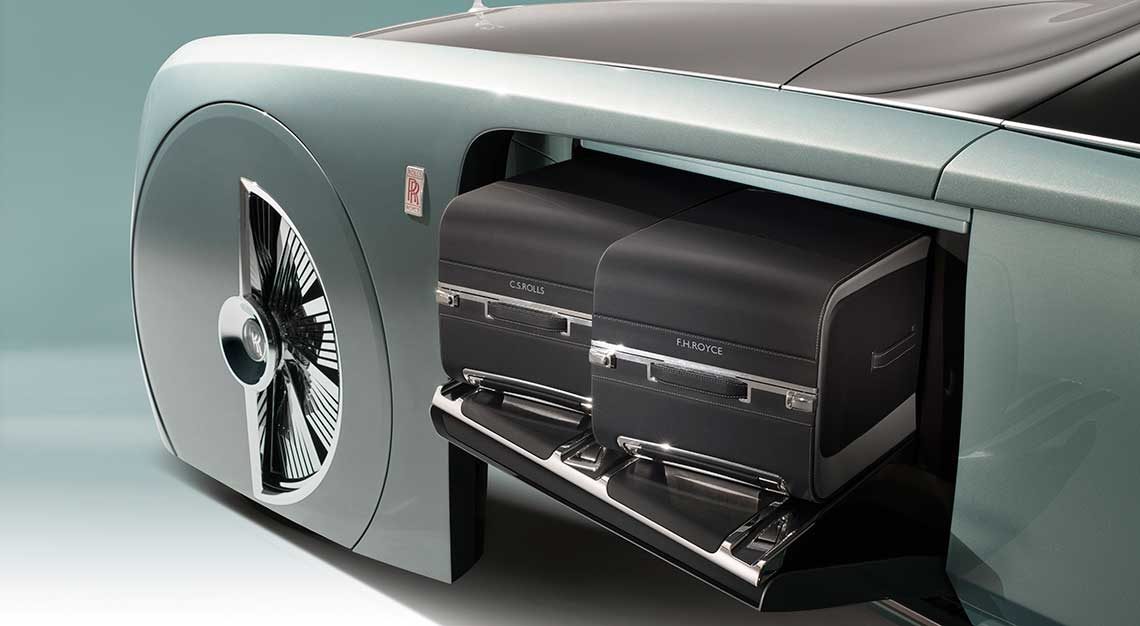
Rarity
Here is a future – far away and hardly guaranteed, but possible – in which your average car is nothing but a whizzing electric box powered through inductive charging by the very roads on which it expertly drives itself.
A luxury version of such a car is easy to imagine: Just make the box bigger and more sumptuous, an autonomous transport the size of a rock band’s touring bus lavishly appointed by the great interior designers of the time, hung with art and plied with every amenity from sleeping quarters and a gym to climate-controlled wine storage.
But in this same obscure tomorrow there’s another version of the luxury car, one which is considered an astonishing oddity to behold – outlandish, anachronistic, perhaps even deliberately provocative. That car will look, nearly exactly, like the car of today: an utterly servile box and tires, with a steering wheel and pedals, powered by the crude liquefied remains of dinosaurs.
The automobile may be rolling toward an electrified, customisable, self-driving future, but technology trends toward the efficient and the democratic – two qualities the luxury market can’t abide. Just consider the story of the “quartz crisis,” which almost killed off the luxury watchmaking industry as we know it.
In the waning days of the ’70s, the entire horological industry decided it had seen the future, and that future ran on batteries. Quartz-powered watches were more accurate, more reliable and far cheaper to produce than complex mechanical movements.
Everyone from Rolex to Patek Philippe embraced the brave new world; brands across Switzerland destroyed their watchmaking machinery, the old ways unceremoniously discarded in heaps of suddenly obsolete tooling.
Luxury buyers… wanted instead to absorb themselves in the complex, inefficient, labour-intensive products of human industry
Then, eventually, the fever waned. Luxury buyers were no longer enamoured of simplicity and efficiency. They wanted instead to absorb themselves in the complex, inefficient, labour-intensive products of human industry, as they did with their architecture and wines and bespoke suits.
Powered once again by intricate mechanical movements, the luxury watchmaking industry eventually regrew itself into a multibillion-dollar industry that shows no signs of slowing.There is no such mass-market future for the loud, brainless, gas-powered automobile, especially when fossil fuel may cost as much as gold and legislation and liability have driven human-powered cars from the road in the name of safety.
And as congestion pricing and subscription-based automotive services conspire to hollow out the middle-class ownership model, “the luxury of private ownership is about to become far more rare, especially in cities,” says Alex Roy, with future roads populated by vehicles paid for “by the minute or mile.”
But for those collectors who can afford to house and feed and maintain a fussy, demanding, extravagant curiosity, the reward will be a direct link to one of humankind’s greatest achievements, a remarkably robust and sometimes dazzling beast of burden on whose back we built the modern world.
One will need more than access to gasoline and a dying breed of knowledgeable mechanics. An archaic automobile kept alive in a distant future will require space to roam. And in a world of whizzing boxes depositing us like pre-sorted mail, what savage freedom it will be to take off toward nowhere and let the thing bellow and fart and run where you tell it, as fast as you dare. They’ll call it senselessly dangerous and heretically backward – the kind of outmoded, mostly illegal fun available only to historical reenactors and the very rich.
Which is to say, according to Roy, “the best way to ensure you’ll be able to drive in the autonomous future is to own the road you’re driving on.”
